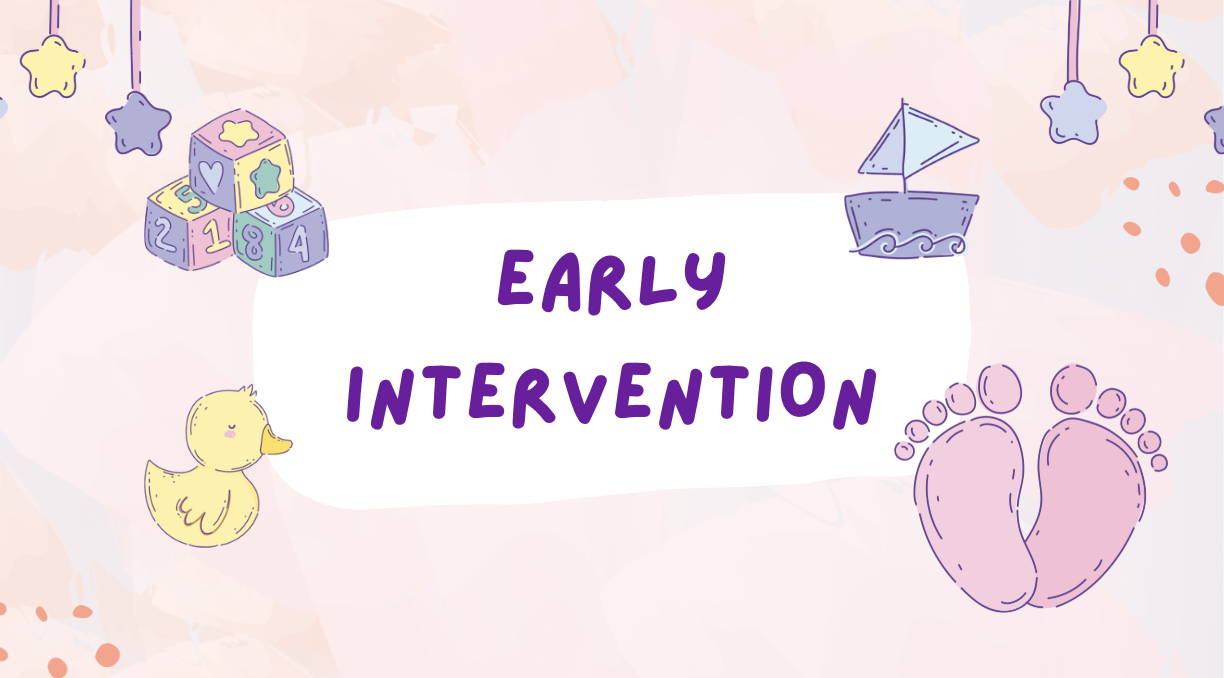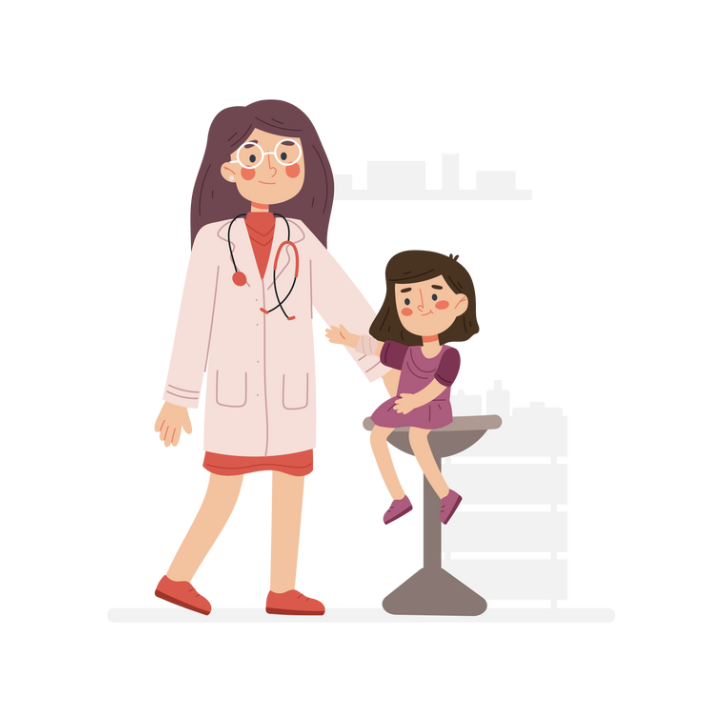
What is Early Intervention?
Early Intervention (EI) is a service and support for children ages birth to three years old (0-3 years of age) experiencing developmental delays and or disabilities, or at risk of developing them, and their families.
The goal of early intervention services is to support a child in developing their physical, cognitive, social-emotional, and communication skills, as well as to build a foundation for their functional self-care skills in order to prepare them for the school setting and life.
Early intervention services are available in every state of the United States. Click Here to find the contact information for early intervention services in your state through the Center for Disease Control (CDC) website.
Services May Include…
-
A service coordinator is responsible for advocating for the child’s needs, communicating with families and healthcare service providers, and scheduling and coordinating services for families with providers.
-
Therapy services normally include physical therapy (PT), occupational therapy (OT), and speech therapy (ST).
Physical therapy - a therapeutic service that focuses on supporting your child in meeting their gross motor developmental milestones.
Occupational therapy - a therapeutic service that focuses on supporting your child in reflex integration and meeting developmental milestones.
Speech therapy - a therapeutic service that focuses on supporting your child in their communication skills in both receptive and expressive language.
-
Other offered services may include vision, hearing, nursing, nutrition, and other related medical services for your child.
In the state of Georgia, our Early Intervention service is known as Babies Can’t Wait.
Click here to visit the Georgia Department of Public Health website to learn more.
Key Factors of Early Intervention
-

Primary Service Provider (PSP) Model
One service provider serves as the primary point of contact for the family and supports and coaches the family while other team members support as needed.
-

Natural Environment
Services are provided in the child’s natural environment (home, daycare) in order to maximize their learning opportunities. Providers get creative and resourceful during sessions, often using items in the child’s home.
-

Family-Centered Approach
Parents and or caregivers are the experts on their child. This approach ensures that families are actively involved in the planning and implementation of services
-

Individualized Family Service Plan (IFSP)
An individualized plan is developed in collaboration with the family to address their child’s needs and goals.
